I prefer to think of my time these days at “I get to stay at home” rather than “I am stuck at home”. That being said, sometimes you have to go out. I get that. You can make a mask for yourself or your loved ones just in case they must go out the door. You already likely have all the supplies and you certainly have the skills to make these masks.
A caveat – I know these aren’t medical-grade masks. They are not intended for the front line health care workers (they want a pocket for removable filters). However, with the addition of a protective and removable filter liner, they are good for those who must go out and face the public.
I’ve included a pattern here for ladies & teens, men and a child-size version of the mask as well as the removable & replaceable filter liner. Just print off whichever size(s) you need. Be sure the square in the corner of the page prints to 2″ (5 cm). You can ensure that it does by setting your print page to 100%, not “fit to page”.
The mask has three layers: a cover on the outside, a lining on the inside, and a removable and easily replaceable filter liner that does the job of keeping you as safe as possible.
You need the following items and you may have them in your sewing room already. Tightly woven cotton for the mask itself, some 1/4″ to 3/8″ elastic for the straps (here are some lingerie elastics, band elastics, strap elastics and fold-over elastics. All can be used.
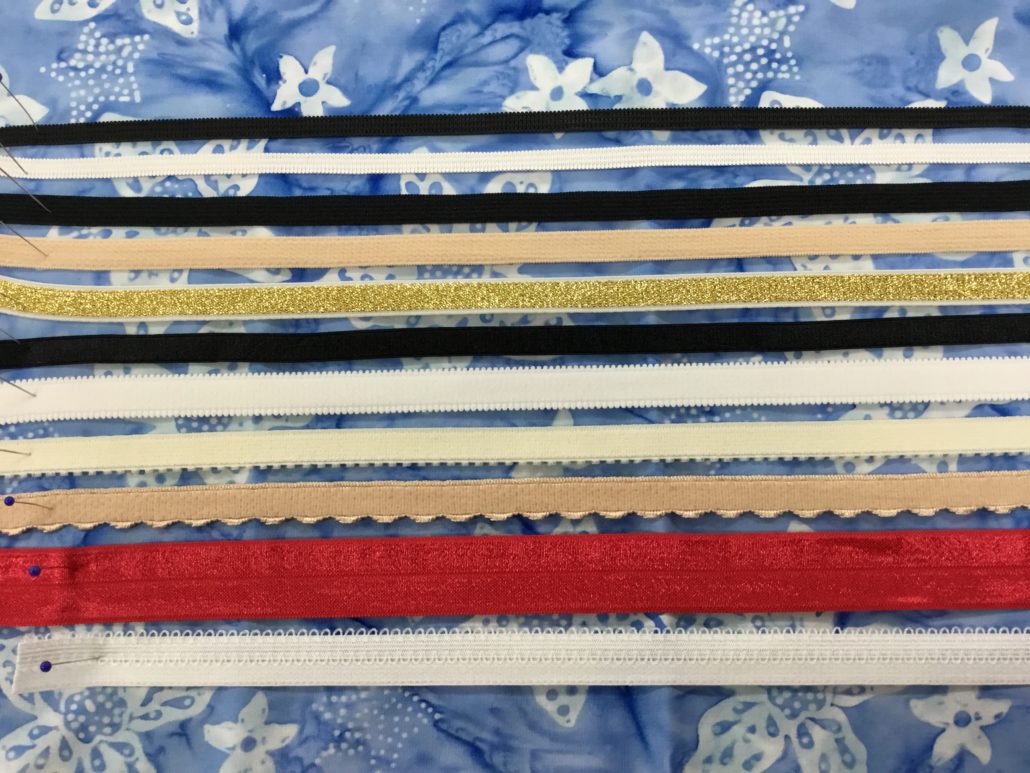
There’s an optional small 3/8″-1/2″ clip for the fastening in the back. You can use g-hooks, magnetic clips, small clips of any kind.

You will also need a chenille pipe cleaner (yes, the craft type) or twist ties with wire inside. This can be shaped to fit over the nose. Mine came in a package of 100, each 12″ long. I cut each in half, making 200 pipe cleaners..
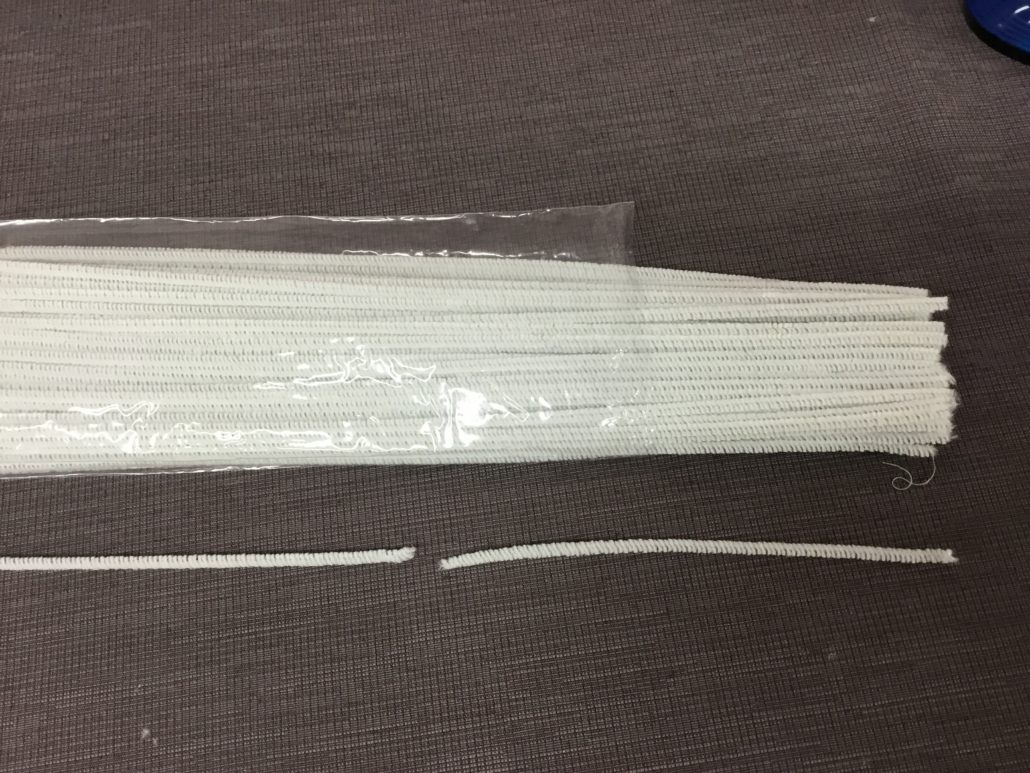
Finally, you need a vacuum cleaner HEPA filter bag. Buy the biggest HEPA filter bag you can find. This one has had the ends cut off and the carboard inlet flange removed.
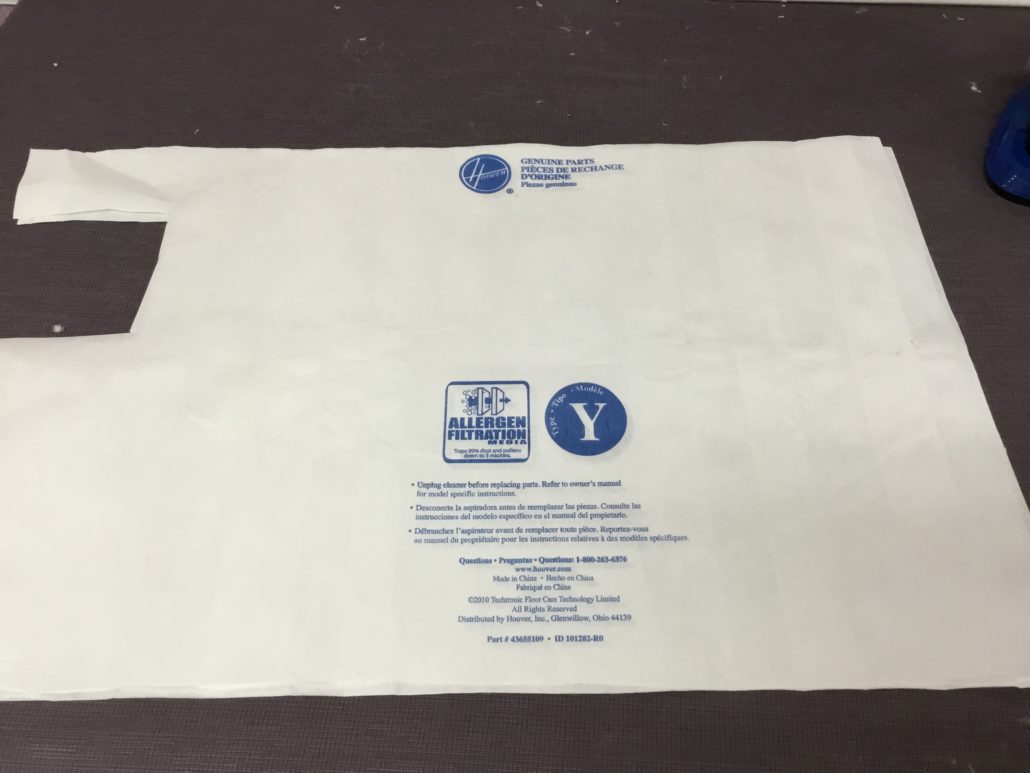
The outside fabric and its lining can be made from tightly woven cotton or other fabric in the same or contrast colours. We used a cotton batik fabric, generously donated by Denise from her massive quilting stash. Apparently denim will work too. I also think cotton home decor chintz drapery fabric would also fit into the category of tightly woven.

The replaceable filter liner is made from a HEPA vacuum cleaner bag. HEPA filters will trap 99% of anything down to 5 microns. I ordered a package of three from Amazon.ca for under $20 and I made almost 30 filters from that package. You’ll be changing the filter each time you go out your door.

Cut out four mask pieces. The inside and outside can be the same fabric or a contrast. it doesn’t matter. We will do the filter later. I mixed all my fabrics.

Sew the fabrics together along the curved seam (I chain-serged 26 in about 10 minutes). I pressed the seams on the outer fabric in one direction and the lining the opposite direction. I do not advocate pressing the seams open in this case as that leaves tiny holes open all along that critical area.

With right sides together sew the top and bottom edges of the main fabric to the lining. Turn the fabric to the right side and press. Topstitch close to the edge on both top and bottom.

Next, along the top edge only, sew another 1/4″ below and parallel to the edge stitching.

Push a 6-8″ length of chenille pipe cleaner (or a wired twist tie, florist or craft wire) into the channel created by your stitching. I actually folded the two ends back on themselves so the sharp ends wouldn’t poke into me.

Now fold the two open edges to make a hem that will also allow elastic to pass through it. I folded the raw edge under 1/4″ then in again 1/2″. Sew close to the folded edge. This will form a tunnel to run the elastic through. Your mask is done except for the straps.

Cut a piece of elastic about 26-30″ long, or 2 pieces 13-15″ long if using the clip. The length depends on how stretchy the elastic is, and how tight you want the finished straps. Thread the elastic through the tunnels and join in the back. I added a clip because when I made the elastic tight enough for my head, I couldn’t get it over my head without ripping my ears off.

Don’t have a clip? Simply criss-cross the elastic ends and stitch them together at the length that is best for the wearer.

Now cut the ends off the filters and take out the cardboard flange that attaches to the vacuum. Cut the seam so you have as big a piece of paper-backed filter cloth as possible. Cut the filter into the filter shapes and no, you do not have to pay attention to grainline.
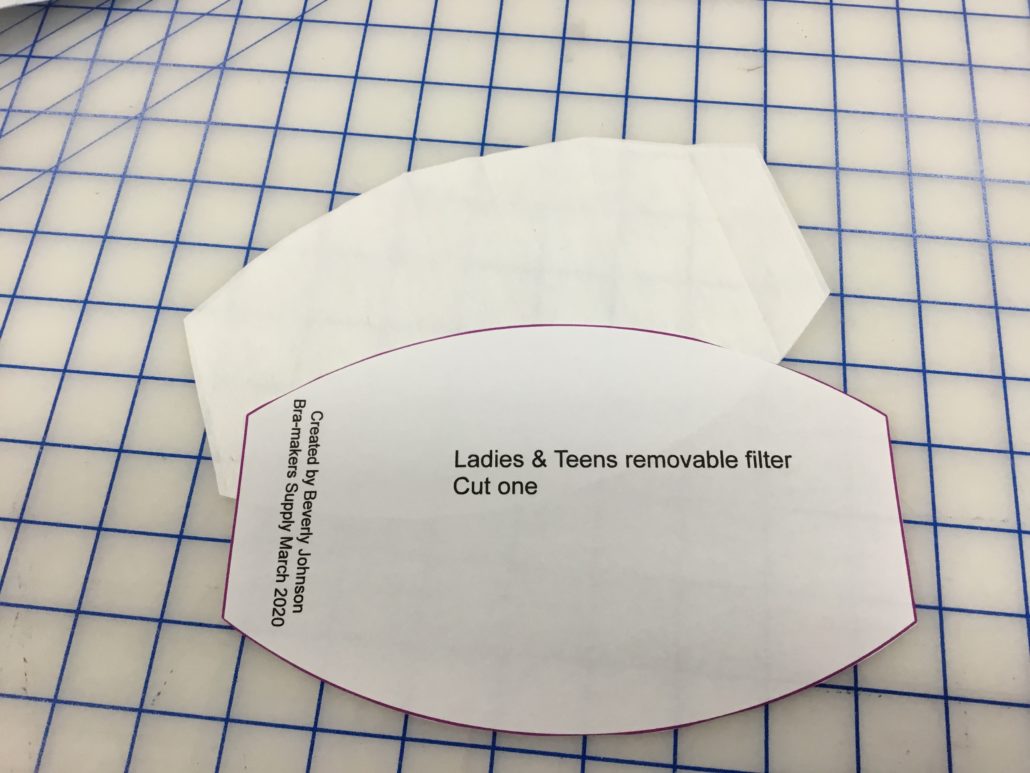
When you are ready to use it, peel the paper from the filter cloth and stick it to the inside of the mask. it holds securely and goes up to the edge of the mask, top and bottom. Remove the filter and throw it away when you come back home.
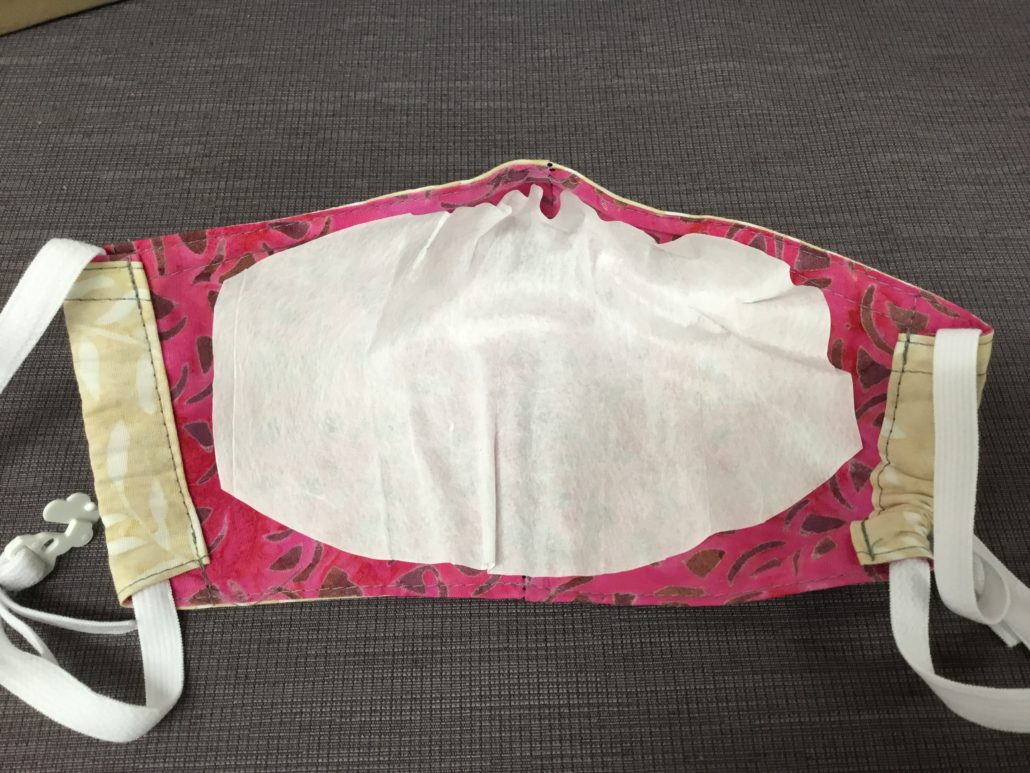
I made 14 masks in little more than two hours (using assembly line techniques). Stay safe everyone!
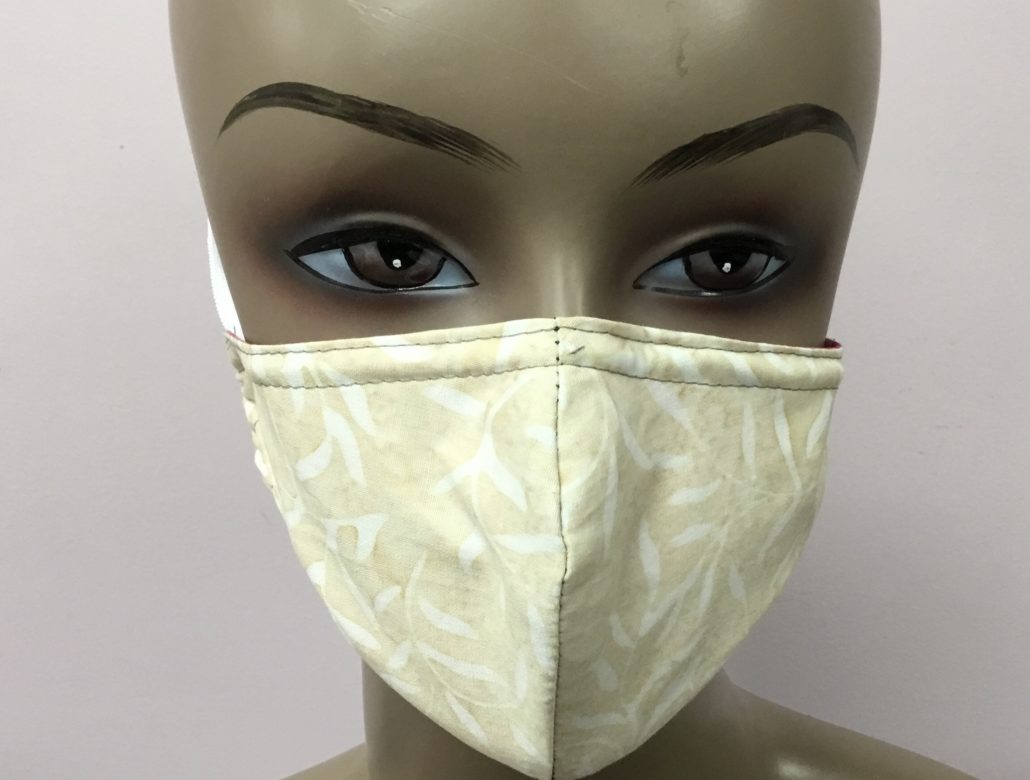

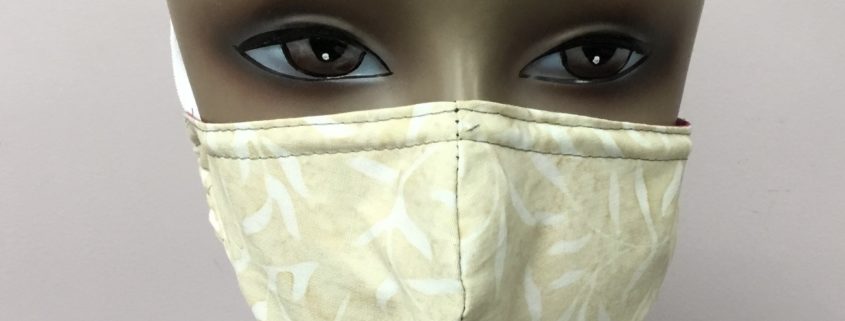


If using the shop towels, what do you recommend to stick the filter to the inner liner? (I’ve seen other patterns that make a pouch for the filter)
I like the clip idea at the back. I know hospital employees are complaining of ear problems so will suggest this to them.
I like your way of closing the mask!
Hi,
Refering to your comment on April 5th Beverly, what are blue shop towels? I’m all the way in Brazil making masks so it would be nice to make some that I feel are more secure for the wearers. Thanks!
Blue Shop Towels are available in Home Depot and other hardware stores. They are made from a dense non-woven yarn that is used by garage mechanics etc for their hands and face when they get dirty at work. They are fairly cheap too as they are disposable.
Thank you for the pattern.
If you do not have a chenille pipe cleaner, insert a bobby pin over the nose area and secure with bartack.
Thanks for this, Beverly! I read (maybe on the CDC website) that using the fabric from non-woven shopping bags is good, same material as used in surgical scrubs. Combined with the HEPA filter liners might be pretty effective.
Excellent! I may have some of those vacuum bags around here some place. (Heaven knows they don’t get used all that much in the machine). Making some masks helps me feel like I’m doing something
Maybe all HEPA filters aren’t the same, as the one I cut up filters up to 0.3 micron.
Thank you for the pattern – it seems easier than the one I have been making, which I made 14 in 5 hours using assembly line techniques (and I have made 40 of them so far!).
Very thoughtful – thank you! I have read that the corona virus measures 1 micron – perhaps it would be better to fit 2-3 Hepa filters into the mask each time it is worn? Your thoughts? Meanwhile, stay safe!
Good idea! Two is better than one, for sure!
FYI-
If you add too many layers it gets hard to breathe through them and moisture builds up. Wet masks or filters don’t do their job properly.
I’ve since read the HEPA vacuum bags contain glass particles – the blue shop towels are apparently better and are as effective